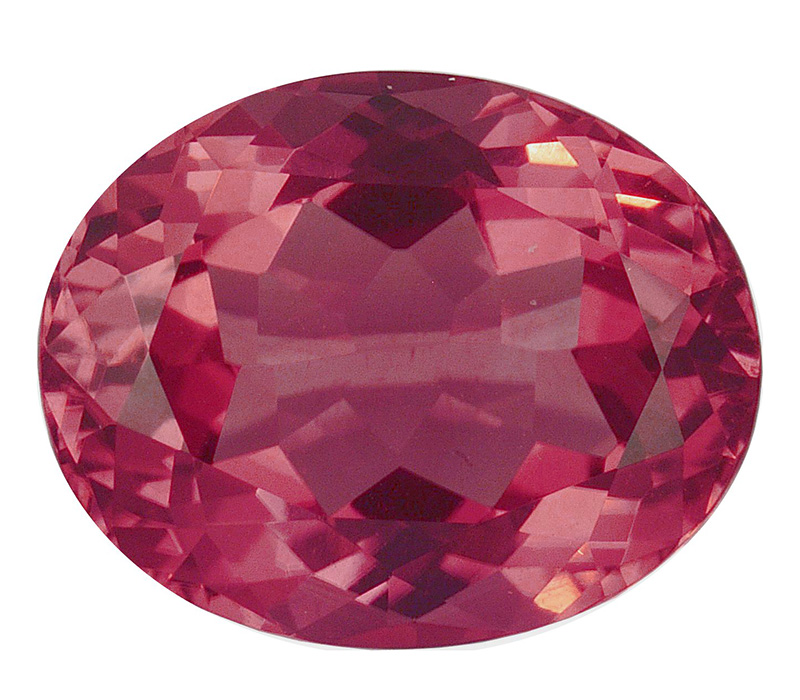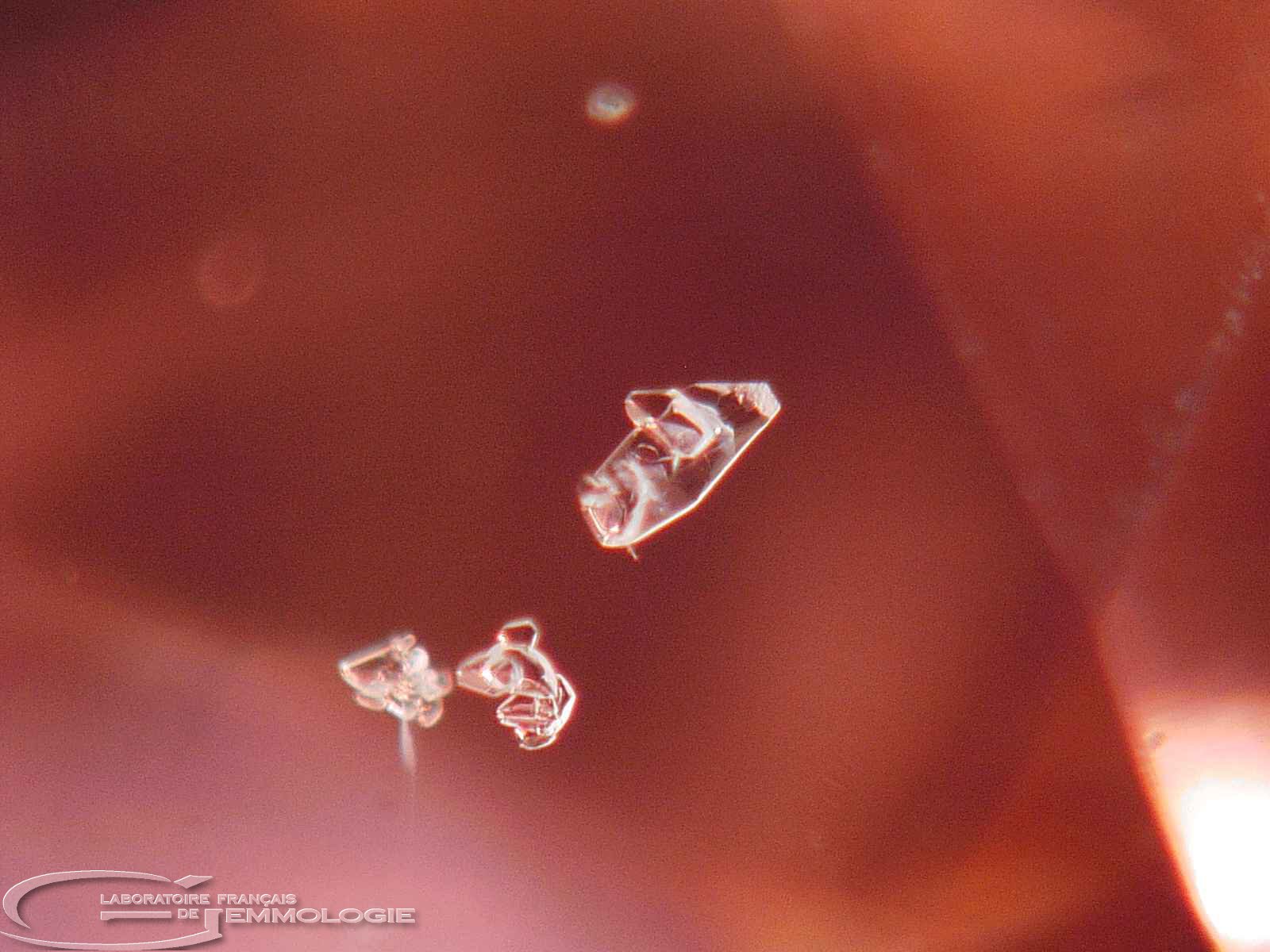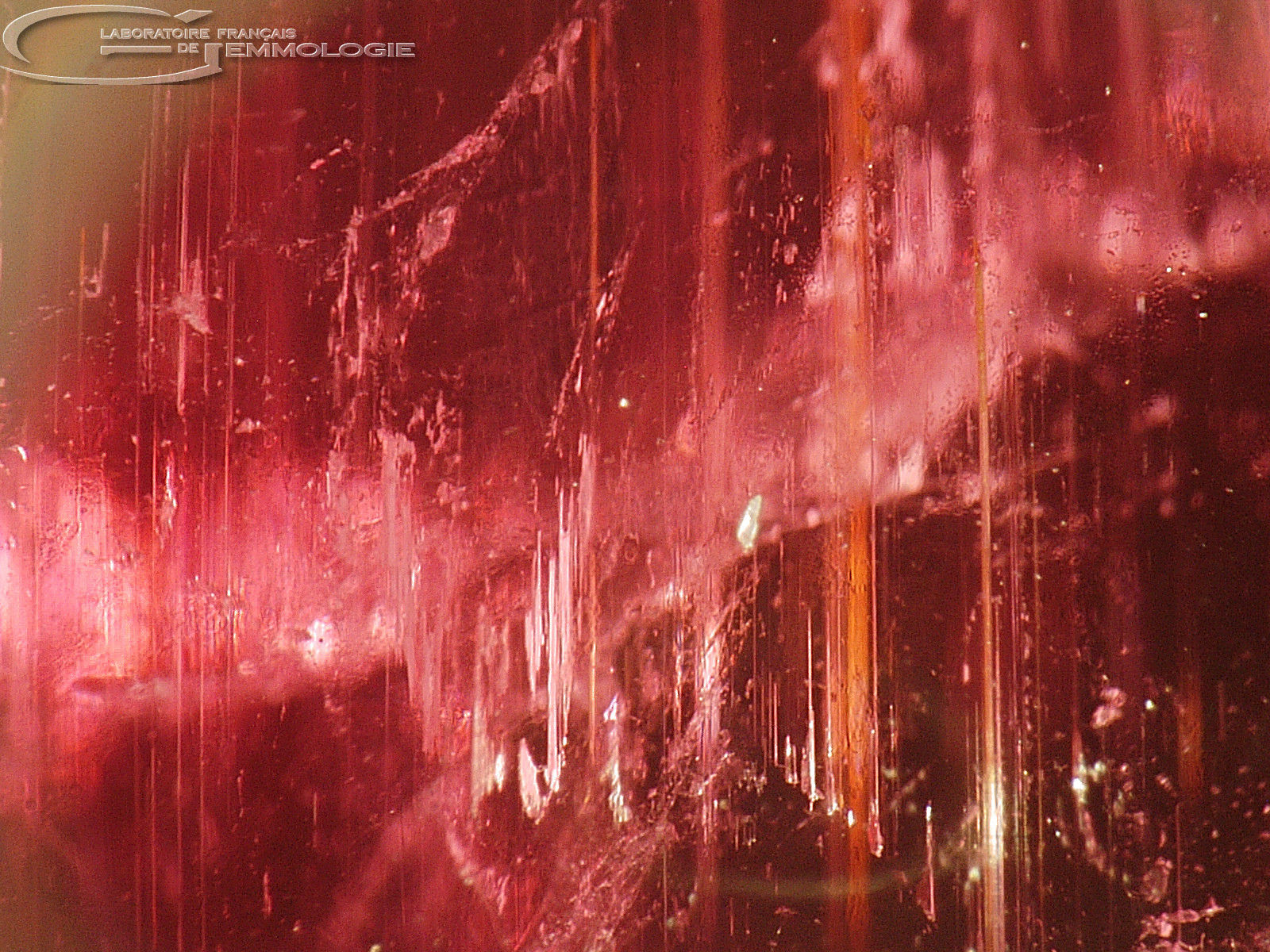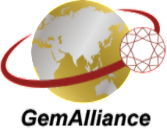GEMSTONE LIBRARY
TOURMALINE
Tourmaline is a silicate that forms mainly in pegmatites. They are extensively mined in Brazil, Madagascar, Mozambique, Namibia, Pakistan, Nigeria, Myanmar and the United States.
Tourmalines can be of all colours, and are often multicoloured. Their colour is due mainly to iron, manganese or much sought-after copper in Paraíba tourmalines.
Tourmalines submitted to the LFG are identified so as to determine their species and whether treatment has occurred (though treatments by irradiation or heating of some tourmalines are not identifiable).
CHARACTERISTICS
- Name: Tourmaline
- Mineralogical nature: Tourmaline
- Colour: Colourless, blue, purple, pink, red, purple, yellow, orange, green, black
- Crystal system: Rhombohedral
- Chemical composition: (Na, Ca, □)(Li, Mg, Al, Fe)2(Al, Fe, Cr, V)6(BO3)3[Si6O18](O, OH, F)4
- Causes of colour: Fe2+, Mn2+, Mn3+, Cu2+
- Density: 3.06 to 3.12
- Hardness: 7 to 7.5
- Cleavage: None
- Fracture: Conchoidal or irregular
- Optic sign: Negative uniaxial
- Refractive index: no: 1.634 to 1.650 / ne: 1.610 to 1.625
- Birefringence: 0.015 à 0.028
- Dispersion: 0.017
- Pleochroism: Perfect with coloured tourmalines
- UVL: Inert, yellow with magnesian tourmalines, red with chromiferous tourmalines
- UVC: Inert, yellow with magnesian tourmalines, red with chromiferous tourmalines
- Treatments: Thermal treatment
- Irradiation
- Syntheses: None
Geographic Origin: Brazil, Mozambique, Madagascar, Nigeria, Myanmar, Afghanistan, Namibia, Pakistan, USA, Russia, Kenya, etc.






